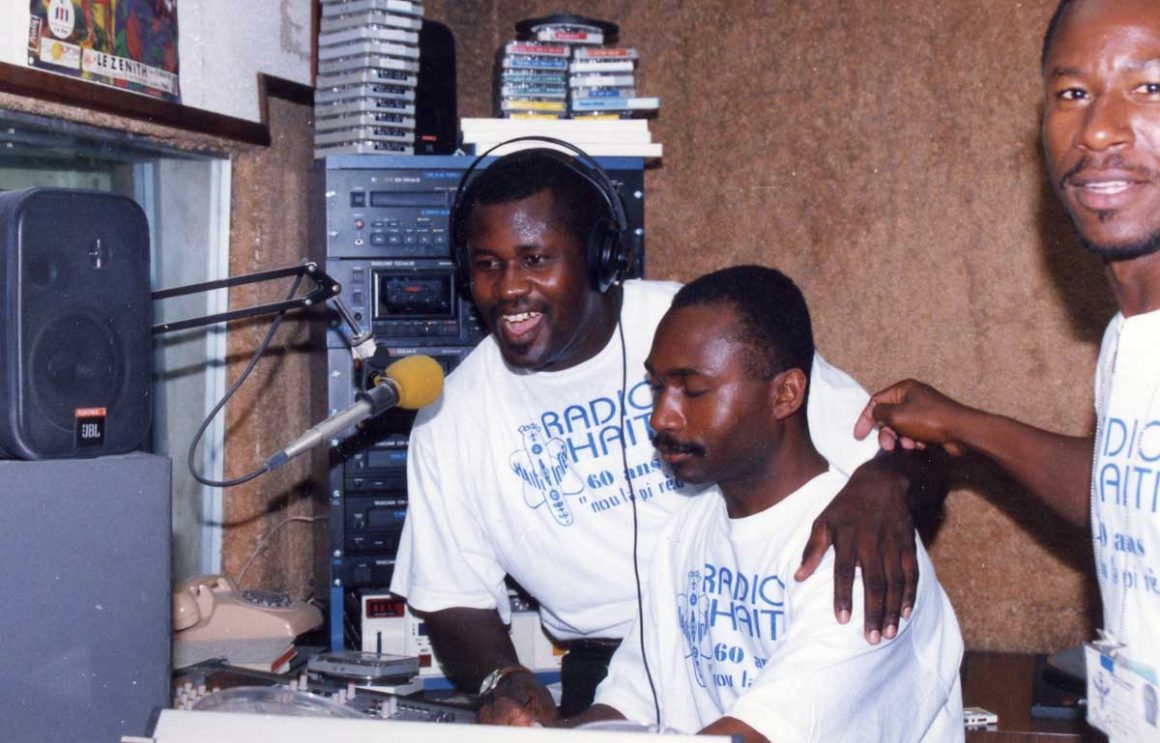The absence of a radio station in Haiti prior to the establishment of one had significant effects on the music scene, how bands operated, and how music was shared and consumed in the country. Radio stations, once established, revolutionized how music reached the public and shaped the social and cultural dynamics of Haitian society.
Pre-Radio Era: Music in Haiti
Before the advent of radio in Haiti, music was largely transmitted through live performances, local gatherings, and word of mouth. Traditional Haitian music genres like compas, rara, and mizik rasin were played in local bars, clubs, and private parties. Musicians relied heavily on direct community engagement—live performances, town festivals, and gatherings to reach their audience.
Without radio, Haitian music was limited in terms of its exposure and reach. While Haitian artists were able to perform and compose, their ability to circulate their music was restricted to certain geographic areas and social circles. Word-of-mouth, local radio stations (often smaller, community-based), or even bootleg recordings were some of the means for people to hear music outside of these immediate communities. As such, there was a localized and fragmented distribution of music.
The First Radio Station in Haiti: Radio Haiti-Inter (1935)
Haiti’s first official radio station, Radio Haiti-Inter, began broadcasting in 1935. This was a landmark moment for Haitian music, as it allowed for music to be broadcast over a much wider area and for artists to connect with a national and international audience. The arrival of radio in Haiti had multiple profound effects on musicians and the broader cultural landscape.
Influence on Musicians, Bands, and Naming
- Wider Audience and National Reach: The establishment of radio allowed bands and musicians to reach listeners across the country, not just in their immediate area. This expanded the music industry and gave rise to nationally recognized artists. Bands could now perform, record, and have their music broadcast to a broader audience, which was vital for growing a fan base.
- Name Recognition and Branding: Musicians started to think more strategically about their public image and branding. The radio provided a platform for bands and individual artists to shape their public identities. For instance, many groups adopted names that would resonate with national pride or the cultural dynamics of Haiti (e.g., Tabou Combo, Boukman Eksperyans). This branding was crucial in a radio-driven economy, where sound and name recognition could significantly impact an artist’s success.
- Musical Styles and Experimentation: Radio’s influence led to an increase in the diversity of musical styles. Bands began experimenting with new sounds, blending traditional Haitian rhythms with international influences like jazz, rock, and even Latin music. This fusion helped to define the sound of genres like compas and zouk. Artists would listen to global trends via radio and incorporate them into their own music, creating a hybrid, cosmopolitan sound that resonated with both Haitians and a global audience.
- Music as a Form of Social Commentary: With radio, musicians could broadcast not just entertainment but also political and social messages. In times of political unrest, musicians began using the radio to voice dissent or to rally the public. This gave birth to the concept of protest music and politically charged songs that could be shared across a broader base of listeners.
Impact on Social Events and Parties
- Parties and Public Gatherings: Radio significantly altered how people experienced music in social settings. In the pre-radio era, parties and social events relied on live performances or homemade recordings, and the experience of music was often communal. With radio, people began gathering around the radio sets to listen to live broadcasts of concerts or special music shows. Radio broadcasts allowed for new social events, like listening parties, where groups would tune in to hear new music or special performances.
- Dance and Popular Culture: As new musical styles (especially genres like compas and zouk) spread via radio, they became deeply embedded in Haitian dance culture. New forms of dancing, often accompanying these new musical genres, became popular at public events, clubs, and parties. This gave rise to a more urban-centered party culture, where the radio played an important role in setting the musical agenda.
- Music for National Identity: Radio also played a central role in developing a national cultural identity. The mass dissemination of Haitian music gave Haitians nationwide a shared musical experience, uniting them through common rhythms, lyrics, and stories. This was particularly important for social events, which were often tied to celebrations of Haitian identity (e.g., Independence Day parties, and festivals celebrating Haiti’s revolutionary history).
- Commercialization of Music: Over time, the radio industry also became commercialized, with advertising, sponsorships, and paid-for promotions becoming commonplace. This made it possible for certain genres, artists, and events to dominate the airwaves, while others struggled for attention. This commercialization also meant that musicians had to adapt by creating more radio-friendly songs, which in turn influenced the kind of music being produced and promoted.
Transformative Impact
The establishment of Haiti’s first radio station in 1935 had a transformative impact on the music scene. Radio brought music into the homes of Haitians nationwide, expanded the reach of bands and artists, and allowed for the creation of new social spaces and events around music. It also influenced how bands were named, how they branded themselves, and the kind of music they produced. Over time, radio played a crucial role in shaping Haiti’s cultural identity and its place in the global music scene, creating lasting changes in the way music was shared, consumed, and experienced.


